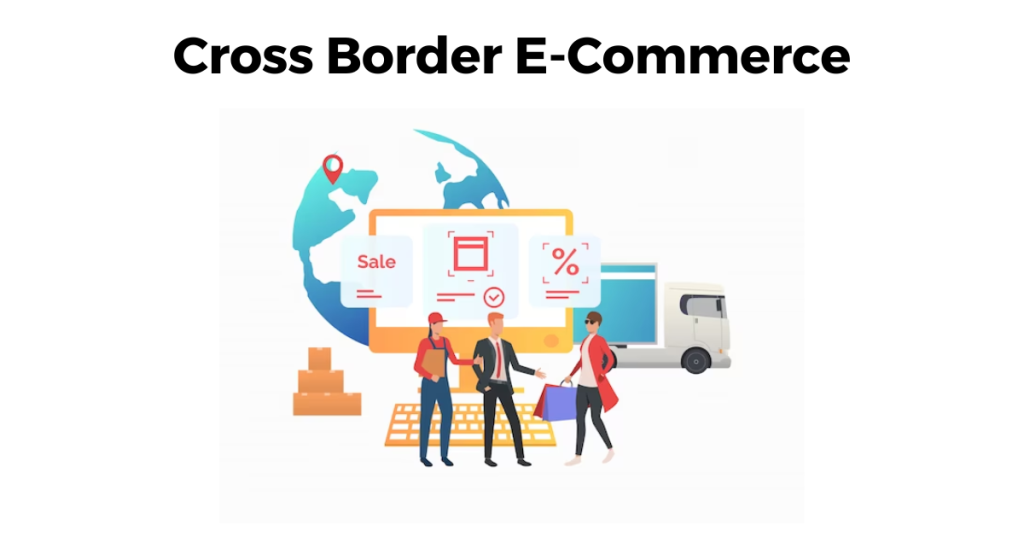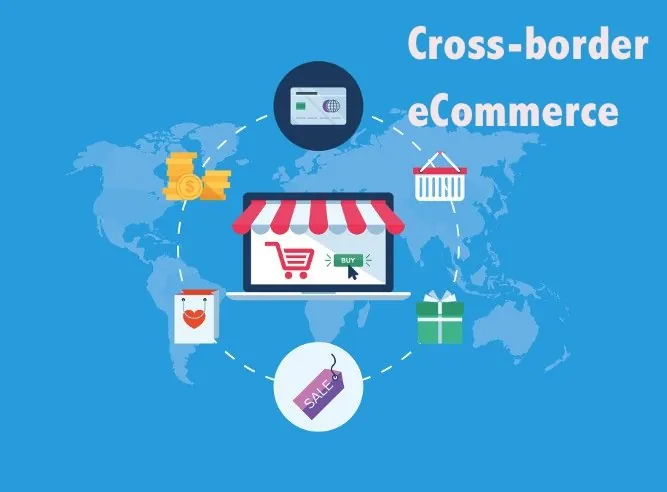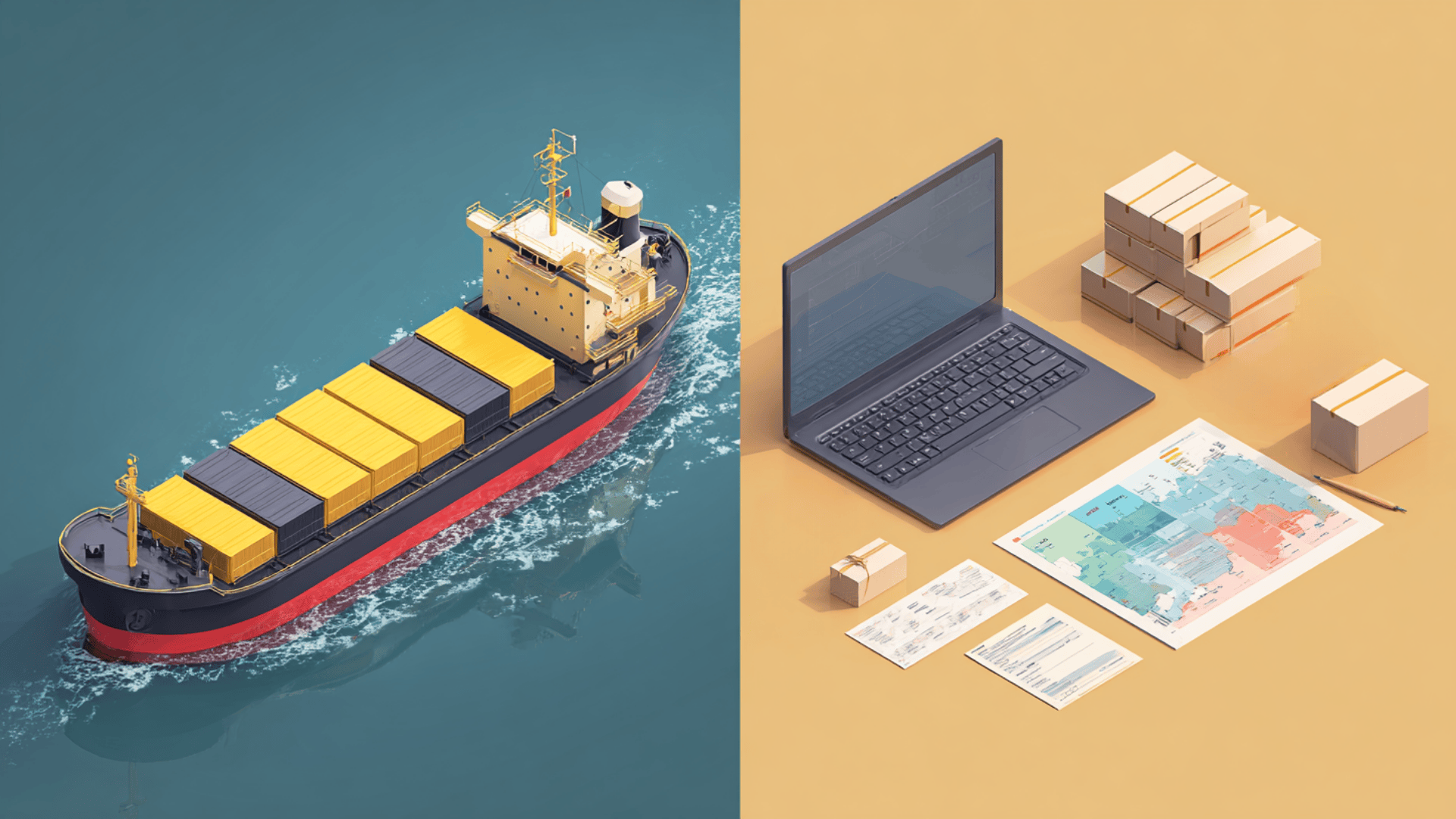Cross-Border Ecommerce Logistics Step-by-Step Guide
In the era of global commerce, cross-border ecommerce has become a powerful growth channel for brands seeking to expand beyond domestic markets. However, international logistics remains one of the most complex and critical parts of the equation.
From inventory storage to customs clearance and last-mile delivery, each step in the logistics chain directly impacts customer experience and profit margins. This guide walks you through the step-by-step process of cross-border ecommerce logistics, helping you build a scalable, reliable, and cost-effective fulfillment operation.

Step 1: Choose the Right Fulfillment Model
Before shipping internationally, determine which fulfillment model best suits your business:
- Merchant Fulfilled: You ship directly from your own warehouse. Low setup cost but slower and expensive for overseas orders.
- Third-Party Logistics (3PL): Outsource warehousing and shipping to a logistics partner in your target region.
- Fourth-Party Logistics (4PL): A 4PL provider manages your entire logistics network — including coordination between multiple 3PLs, software platforms, and shipping carriers.
Tip: For growing brands entering multiple markets, a 4PL offers the most flexibility and control with less operational burden.
Step 2: Store Inventory Closer to Your Customers

Storing products in-region is key to reducing shipping time and costs. Common options:
- Overseas Warehouses: Keep stock in local or bonded warehouses in your destination countries
- Distributed Fulfillment Network: Use multiple warehouse locations in different countries
- On-Demand Storage: Some 4PLs offer dynamic storage allocation based on real-time demand
This step improves delivery speed and reduces import duties for buyers, boosting conversion and repeat purchase rates.
Step 3: Understand and Prepare for Customs Compliance
Customs clearance is often the biggest pain point in cross-border logistics. You’ll need to:
- Classify products with correct HS Codes
- Calculate duties and taxes based on destination regulations
- Provide accurate commercial invoices
- Ensure product labeling and documentation meet local import standards
Pro Tip: Partner with a 4PL or customs broker that automates this process and ensures compliance.
Step 4: Offer Flexible and Trackable Shipping Options
International customers expect fast, affordable, and trackable shipping. Your logistics platform should support:
- Multiple carrier integrations (DHL, UPS, local postal services)
- Shipping methods with clear ETAs (standard, express, economy)
- Full tracking visibility from dispatch to delivery
- Localized return handling for easier refunds or exchanges
Many platforms now integrate with logistics aggregators that optimize routes and dynamically select the best carrier.
Step 5: Enable Real-Time Logistics Visibility

Today’s customers want transparency. Your logistics system should provide:
- Order tracking pages with branded design
- Email/SMS notifications at each fulfillment stage
- Inventory visibility across warehouses
- Dashboards for performance analytics (delivery time, cost per order, etc.)
A good 4PL partner offers a centralized dashboard for managing global fulfillment, returns, inventory, and shipping issues.
Step 6: Plan for International Returns
Cross-border returns can be expensive and complicated, but they are essential for building customer trust. Options include:
- Return-to-local-warehouse: Use a local address for easier returns
- Prepaid return labels: Offer them as part of your customer service policy
- Resellable return routing: Return to regional hubs for resale, not the origin warehouse
Proper return management can reduce losses and increase retention.
Step 7: Optimize for Cost and Scalability

As order volume grows, you’ll want to:
- Negotiate volume-based shipping discounts
- Analyze fulfillment cost by region and product type
- Automate inventory reallocation based on demand shifts
- Use AI or demand forecasting to reduce stockouts or overstocking
Platforms like PostalParcel and other 4PL systems can automate this process and help you scale globally without building infrastructure from scratch.
Final Thoughts
Building a successful cross-border ecommerce logistics system doesn’t require a massive warehouse network — it requires the right strategy and partners. By following this step-by-step guide, you can reduce delivery times, ensure compliance, improve customer satisfaction, and stay competitive in the global market.
Whether you’re a small brand testing international markets or an established seller scaling globally, investing in smart logistics is no longer optional — it’s your edge.
Industry Insights
news via inbox
Nulla turp dis cursus. Integer liberos euismod pretium faucibua








